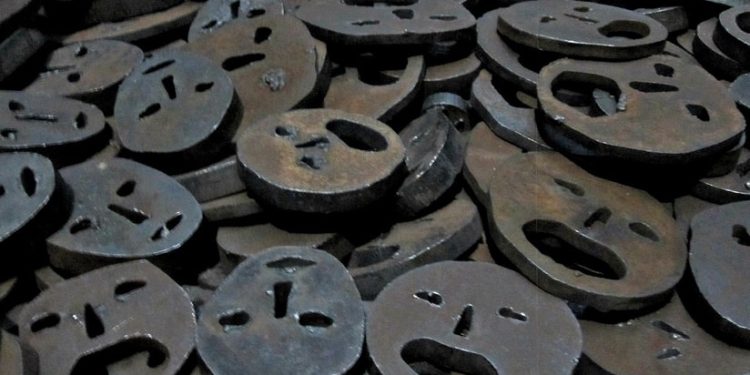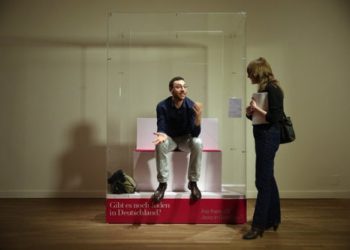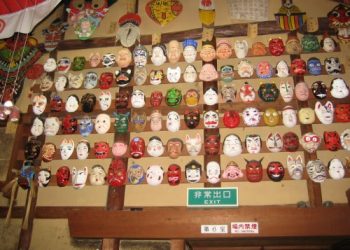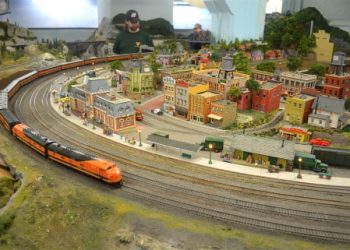Jan 27, known as International Holocaust Remembrance Day, marks the 70th anniversary of the liberation of the largest Nazi death camp, Auschwitz-Birkenau. One of the most memorable museum experiences I had on a trip to Berlin five years ago was visiting the Jewish Museum. Over the last twenty years there has been a trend in the museum world to create splashy, eye-catching buildings (see the Guggenheim in Bilbao) that unfortunately overpowers the contents on display. But as an architecture buff, I think the Jewish Museum, unlike some distracting modern structures, is a thoughtful design.
The architect Daniel Libeskind created a radical zigzag, almost like a broken Star of David, which has earned it the nickname “Blitz” or “Lightning”. The zinc facade is covered in jagged windows and diagonal slashes. The building is literally a prison in that it has no entrances or exits of its own. One must enter through an underground passage from the original museum. There are promises of doors but they always turn out to be dead ends. A line of “Voids,” empty spaces about 66 feet (20 m) tall, slices linearly through the entire building. They represent “That which can never be exhibited when it comes to Jewish Berlin history: Humanity reduced to ashes.”
In the basement, visitors first encounter three intersecting, slanting corridors named the “Axes”, one of which leads to the irregularly shaped Holocaust Tower. The bare concrete tower is a 79 foot (24 m) tall empty silo, neither heated nor cooled, and its only light comes from a small slit in its roof. Visitors are admitted into this dark space only a handful at a time. It is an unsettling experience, with the amplified sounds of the outside world, then the heavy door is open again and one is free. There might be criticism that it is a bit cliched and melodramatic, but how can one truly convey what it was like to be incarcerated by the Nazis without creating an isolating, somewhat uneasy space?
The second axis leads to the Garden of Exile. Its tilted foundation make the 49 concrete pillars appear crooked from the outside street, but inside they grow straight. The unsettling experience for the visitor continues with the installation titled Shalekhet (Fallen Leaves) by Israeli artist Menashe Kadishman in the Memory Void, one of the museum’s empty spaces. Over 10,000 open-mouthed faces coarsely cut from heavy, circular iron plates cover the floor, which you can step on and pick up (although you hands will get dirty quickly). Sounds echo throughout the space, much like the Holocaust Tower. I could go on, but I won’t and will only say that the Jewish Museum’s building and interior left a lasting impression on me. Its architecture didn’t overwhelm the exhibits on display, but transformed them and made me think deeper.















